Festivals in Guatemala, a country with a rich cultural heritage rooted in its indigenous Mayan history and influenced by colonial and mestizo traditions, celebrates a diverse array of festivals and holidays throughout the year. These celebrations reflect Guatemala’s complex history, religious beliefs, and the fusion of indigenous and Spanish cultural elements. In this exploration, we will delve into some of the most relevant festivals and holidays in Guatemala, examining their historical origins, cultural significance, and the ways in which they contribute to the nation’s identity.
1. Semana Santa – Holy Week (March/April)
Semana Santa holds immense significance in Guatemala and is one of the most elaborate and widely observed religious celebrations in the country. The week leading up to Easter Sunday is marked by intricate processions, religious rituals, and fervent expressions of faith.
Antigua Guatemala, a UNESCO World Heritage site, is renowned for its Semana Santa celebrations. Massive floats, or “andas,” carrying religious statues are carried through the city’s cobblestone streets by hundreds of penitents in purple robes. The processions depict scenes from the Passion of Christ, and the entire city becomes a stage for this powerful and emotional reenactment.
2. Día de la Independencia – September 15th
Día de la Independencia commemorates Guatemala’s declaration of independence from Spanish rule in 1821. Celebrated on September 15th, the day is marked by patriotic events, parades, and the ceremonial “Grito de Independencia” (Cry of Independence).
Cities and towns across Guatemala come alive with vibrant displays of national pride. The blue and white colors of the national flag dominate the streets, and the atmosphere is filled with music, dance, and traditional Guatemalan cuisine. The day serves as a reminder of the country’s history and its ongoing commitment to independence and sovereignty.
3. Día de los Muertos – November 1st and 2nd
While Día de los Muertos (Day of the Dead) is more prominently celebrated in Mexico, Guatemala also observes this unique and culturally rich tradition. Taking place on November 1st and 2nd, the holiday honors deceased loved ones and recognizes the cycle of life and death.
Families gather in cemeteries to clean and decorate graves, often creating intricate altars adorned with candles, flowers, and the favorite foods of the departed. The atmosphere is one of both solemnity and celebration, as Guatemalans believe that the spirits of the deceased return to join the living during this time.
4. Feria de Jocotenango – Late July
The Feria de Jocotenango is an annual fair celebrated in Antigua Guatemala during late July. While its origins are tied to the feast day of Saint James (Santiago), the fair has evolved into a vibrant celebration that blends religious and cultural elements.
The fair features processions, traditional dances, music, and a variety of cultural events. It provides an opportunity for Guatemalans to come together, showcasing the country’s rich folklore and traditions. The fair is a testament to Guatemala’s cultural diversity and the enduring influence of indigenous customs.
5. Día de Todos los Santos – November 1st
Día de Todos los Santos (All Saints’ Day) is a religious observance that honors saints and departed loved ones. Celebrated on November 1st, it is a day for families to visit cemeteries, attend church services, and pay respects to the deceased.
In Guatemala, the day is marked by the creation of colorful kites, especially in the town of Santiago Sacatepéquez. These large kites, known as “barriletes,” are intricately designed and flown in a symbolic gesture of communication with the spirits. Día de Todos los Santos reflects Guatemala’s syncretism, blending Catholic traditions with indigenous beliefs.
6. La Quema del Diablo – December 7th
La Quema del Diablo (Burning of the Devil) is a unique Guatemalan tradition observed on December 7th. It is a prelude to the Christmas season and involves the burning of effigies and symbolic representations of the devil.
Communities come together to build “barriletes,” or devil figures, often made of paper, wood, and fireworks. These effigies are then set ablaze in a communal spectacle that signifies the cleansing of evil and the preparation for the Christmas season. La Quema del Diablo is a blend of indigenous and colonial influences, serving as a symbolic purification ritual.
7. Festival de Santo Tomás – December 21st
The Festival de Santo Tomás takes place in the town of Chichicastenango on December 21st, honoring the patron saint, Saint Thomas. The festival combines indigenous traditions with Catholic rituals, creating a unique cultural experience.
The festivities include processions, dances, music, and a large market where locals sell traditional crafts and products. The festival is an expression of the syncretism that characterizes much of Guatemalan culture, bringing together elements from both indigenous and colonial traditions.
8. Festival de la Virgen de la Asunción – August 15th
The Festival de la Virgen de la Asunción celebrates the Assumption of the Virgin Mary and is observed on August 15th. The festival is particularly significant in the town of Guatemala City, where the Basilica of the Virgin of the Assumption is located.
The day is marked by religious processions, special church services, and cultural events. Pilgrims from various parts of the country converge on the basilica to pay homage to the Virgin Mary. The festival underscores the deep religious devotion that is integral to Guatemalan culture.
9. Carnaval – February/March
Like many Latin American countries, Guatemala also celebrates Carnaval in the days leading up to Lent. While Carnaval has variations across regions, it typically involves lively parades, music, dance, and vibrant costumes.
In some towns, water fights are a common feature of the celebrations, adding an element of playful revelry. Carnaval serves as a time for communal joy and expression before the solemn period of Lent begins.
10. Giant Kite Festival in Sumpango – November 1st
On November 1st, the town of Sumpango hosts the Giant Kite Festival, attracting visitors from across Guatemala and beyond. The festival features enormous kites, some reaching up to 45 feet in diameter, adorned with intricate designs and vibrant colors.
These kites are flown in a spectacular display that honors the departed and serves as a cultural expression of respect for the cycle of life and death. The Giant Kite Festival is a unique and visually stunning tradition that showcases Guatemala’s artistic and spiritual dimensions.
Conclusion
Guatemala’s festivals and holidays provide a fascinating journey through the country’s cultural diversity, historical depth, and the interweaving of indigenous and colonial influences. From the religious fervor of Semana Santa to the vibrant cultural expressions of La Quema del Diablo and the Giant Kite Festival, each celebration contributes to the multifaceted tapestry of Guatemalan identity.
These festivals are not only occasions for revelry but also opportunities for communities to express their shared history, values, and spiritual beliefs. Guatemala’s syncretic traditions, evident in celebrations like Día de Todos los Santos and the Festival de Santo Tomás, reflect the resilience of cultural practices that have endured through the centuries.
Moreover, these celebrations play a crucial role in preserving and transmitting cultural heritage from one generation to the next. Whether through traditional processions, colorful kites, or communal gatherings, Guatemalans come together to celebrate their identity, fostering a sense of pride and continuity.
As Guatemala continues to evolve, these festivals will undoubtedly remain essential to the fabric of the nation. They provide a space for both locals and visitors to engage with the cultural richness of Guatemala, experiencing the traditions, stories, and collective spirit that define this captivating Central American country.


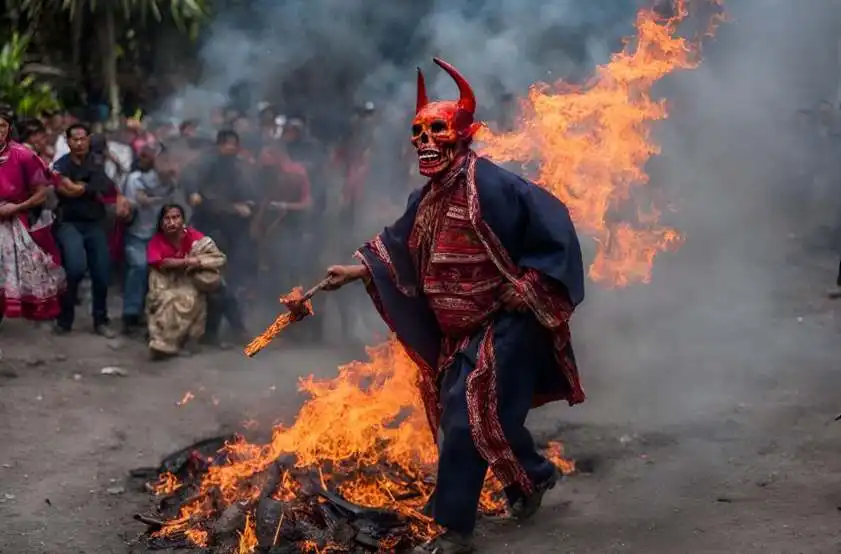
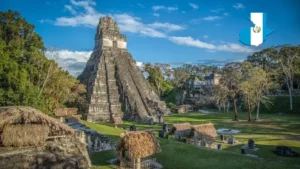
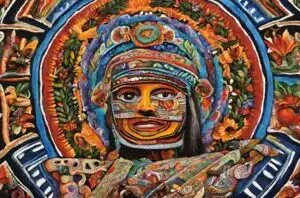
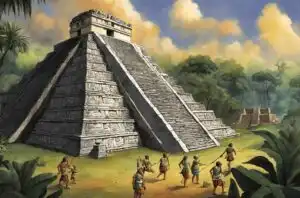
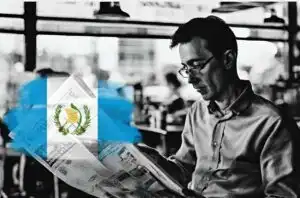
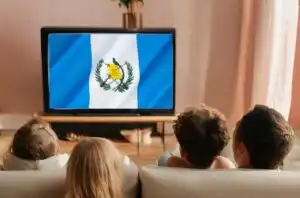
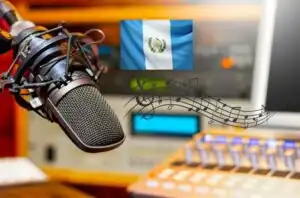
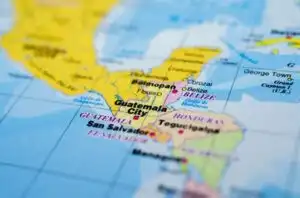

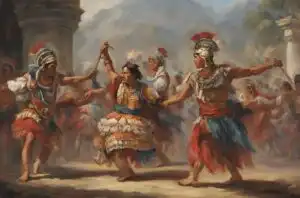
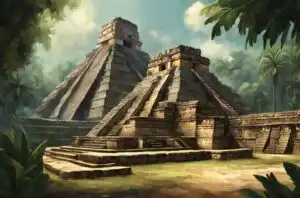
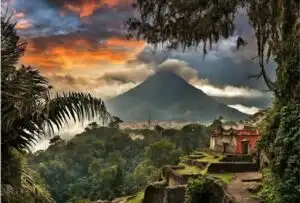
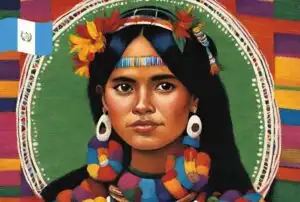


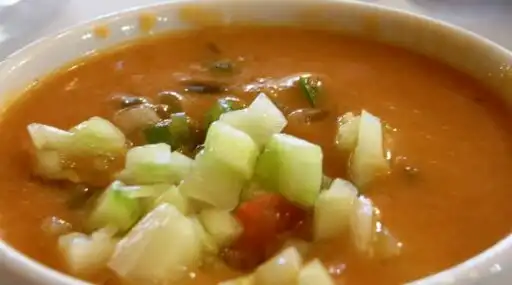



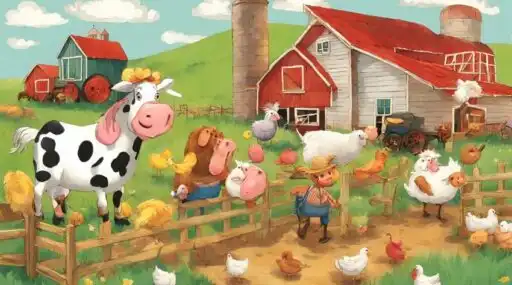

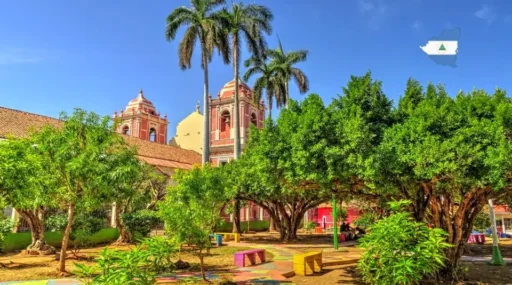
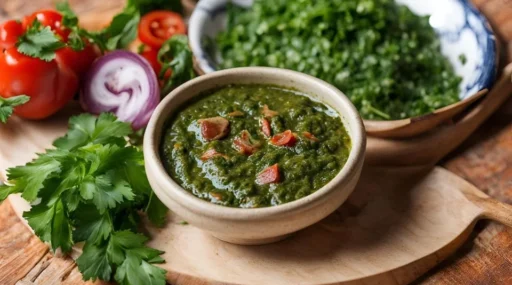
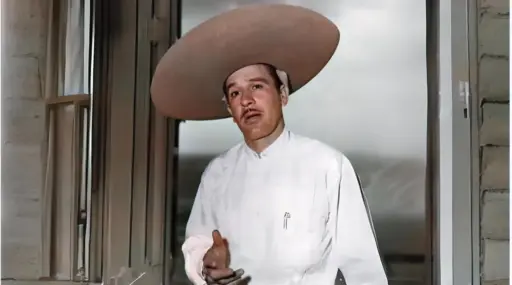



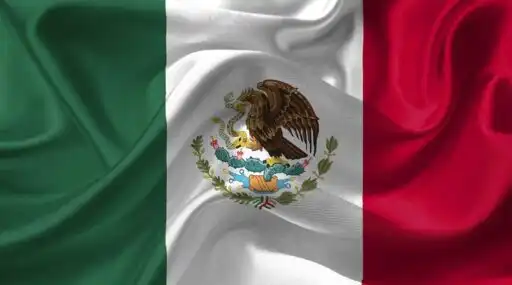


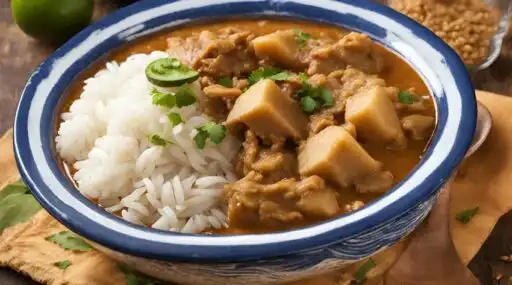
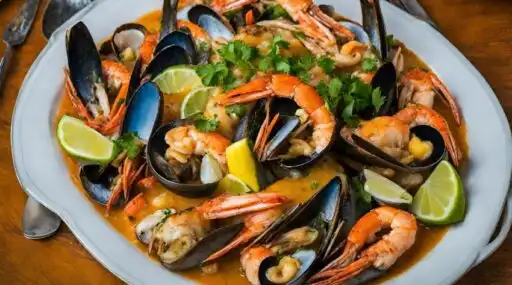

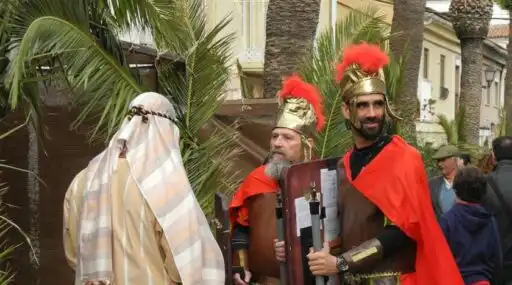

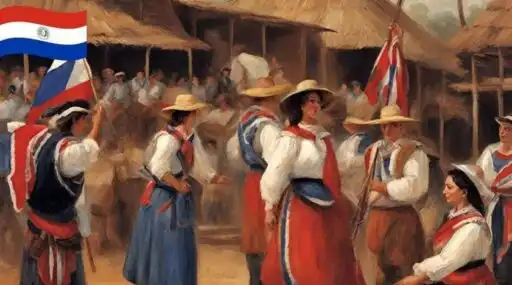
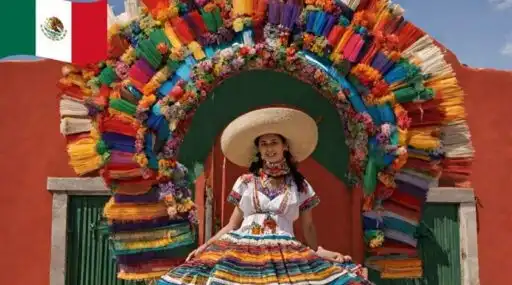
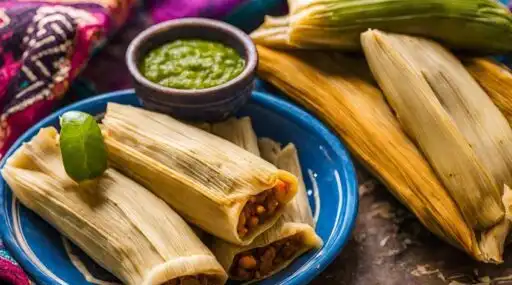
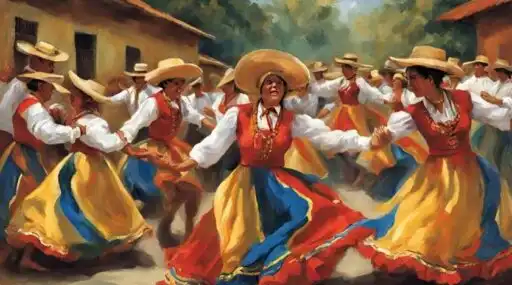



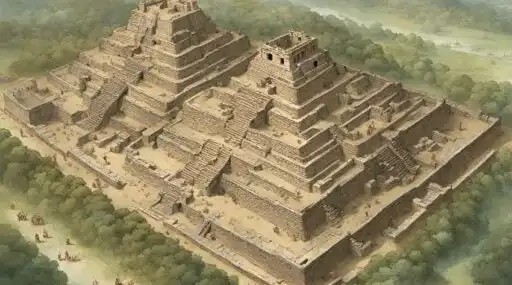


Leave a Reply